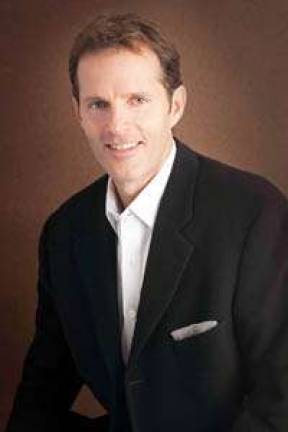Urgent Help Faster Than an Emergency Room

NYC is finally seeing urgent care centers for times when your life's not in danger By Traver Hutchins It's long been known that the East Coast represents the epicenter of medical academia. What's lesser known, however, is that innovation in health care almost always travels from the West Coast to the East. The recent crush of urgent care organizations hitting the greater New York area are arriving a full 10 years after they first gained popularity out West. "Urgent Care" is defined as all care other than emergent. In other words, a patient can be seen in an urgent care facility for almost any condition other than the truly life-threatening ones. Recent entrants into the greater New York City area include City MD and Med Excel, to name a few. The rise of urgent care has paralleled both the rise of the utilization of health care and the concurrent drop in the number of doctors to meet the growing demand. As a result, when you suddenly have a health issue and try to see your doctor immediately, you will often find that they can't see you in a timely fashion. Before, your main alternative was to go to the emergency room. The East Coast sees more visits to the ER per capita than anywhere else in the country. As a population, we have grown accustomed to the four-hour waits, the uncomfortable environment and the pricy service that sums up the ER experience. Not surprisingly, there are fewer urgent care facilities on the East Coast per capita, as well. Only a small percentage of the cases that are presented at the ER are life-threatening, which is what it is geared toward. That poor service is a result of all the non-emergency cases who didn't realize they had an alternative. That's about to change. Today, there are over 9,000 urgent care facilities, and they are growing by over 5 percent per year. Compare that to in-pharmacy clinics, which handle minor health issues such as flu shots, etc, of which there are only 1,000 locations and virtually no growth over the past decade. There are now 15 urgent care chains backed by institutional funds rolling out their brands in their region of influence but there is as of yet no national player, nor is there a significant player in the Northeast. How will the change happen? While the rest of the country knows what urgent care is, Easterners generally do not. There is a new educational campaign underway by the Urgent Care Association of America designed to raise awareness and make people comfortable with the idea that you can see a medical practitioner right away at a reasonable cost and with a quality outcome. Once experienced, that trifecta of benefit will rapidly migrate the patient flow from the ER to the urgent care clinic, as it has in the rest of the country. From a cost perspective, any time a health issue can be handled by a lower-cost provider with the same level of outcome, the service should be done by that lower-cost provider. While this is disruptive to the general hospital model still so prevalent in the Northeast, this change is unstoppable and ultimately benefits both our health care system and the individual. The average cost for an ER visit is $600, and the patient's average co-pay is $100. Compare that to $130 for an urgent care visit with a $30 co-pay on average for the very same case. Not surprisingly, insurers are now heavily educating their Eastern insureds on this new class of care option that has long been in fashion out West. So the next time a health issue arises and your doctor isn't available, do yourself (and your wallet) a favor: go to an urgent care facility. You will wonder why you didn't do it sooner. Traver Hutchins is the chairman and founder of Remedy Health Media. He is also the CEO and founder of ASAP Urgent Care, which is focused on bringing urgent care to New England.